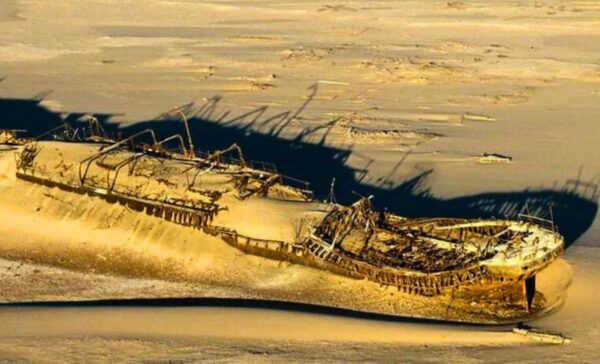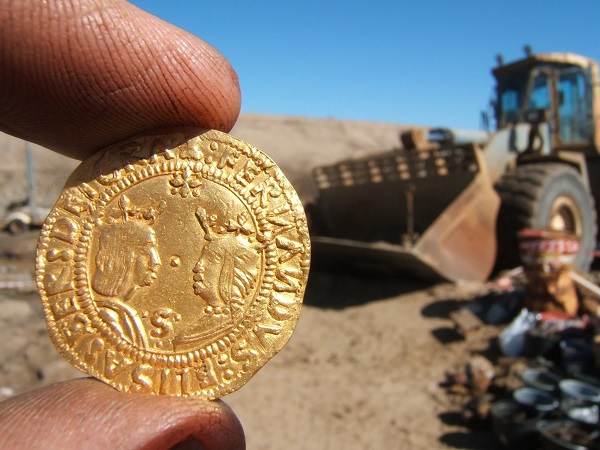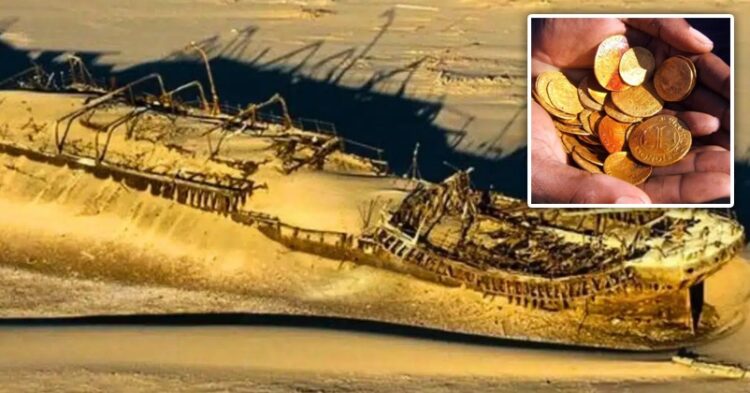Beneath the windswept sands of Namibia’s Skeleton Coast, a stretch long feared for swallowing ships, an astonishing treasure was uncovered after lying hidden for nearly five centuries. In 2008, miners exploring the restricted Sperrgebiet region stumbled across fragments of timber and metal. At first, the discovery looked like little more than scattered debris. But as experts examined the site, it turned out to be something far greater, the remains of the Bom Jesus, a Portuguese vessel that disappeared in 1533.

The find has since been celebrated as one of Africa’s most remarkable archaeological discoveries. The Bom Jesus, whose name means “Good Jesus”, had been lost to historians and treasure seekers for centuries. When it was finally unearthed, the ship’s cargo revealed a fortune that spoke volumes about the wealth and influence of the Portuguese Empire at the height of its power.
From beneath the sand, experts recovered nearly 2,000 gold coins, along with ivory, silver, copper ingots and navigational tools. These items told the story of an age when Portugal was a key player in global trade, linking Europe, Africa and India. Among the finds was a symbol associated with King Joao III of Portugal, providing a direct link to Europe’s royal courts of the 16th century.
Marine archaeologist Dieter Noli explained that the ship was carrying goods for the Fugger family, one of Europe’s wealthiest banking dynasties at the time. Historians believe the vessel met its tragic end when a violent storm drove it onto Namibia’s harsh coastline, where it sank and was slowly buried under the sands.

Remarkably, the dry desert climate preserved the treasures in near-perfect condition. Experts described the site as a “natural vault”, where time seemed to stand still, protecting coins and artifacts that would normally have corroded underwater.
The wreck has shed light not only on Europe’s maritime ambitions but also on Africa’s crucial role in the trade networks of the 16th century. Although the Bom Jesus sailed under a Portuguese flag, international agreements mean that the treasure now belongs to Namibia. Portugal has raised no objections and the Namibian government has announced plans to showcase the artifacts in a museum, ensuring the public can witness this extraordinary chapter of history.
Once a ghost ship lost to the sea, the Bom Jesus has reemerged as a powerful reminder of the dangers of exploration, the global reach of trade in the Age of Discovery, and the timeless allure of hidden treasure waiting to be found.




